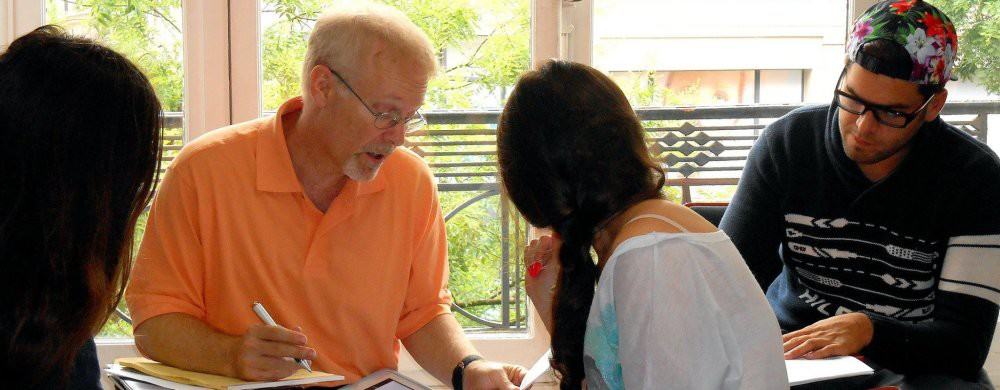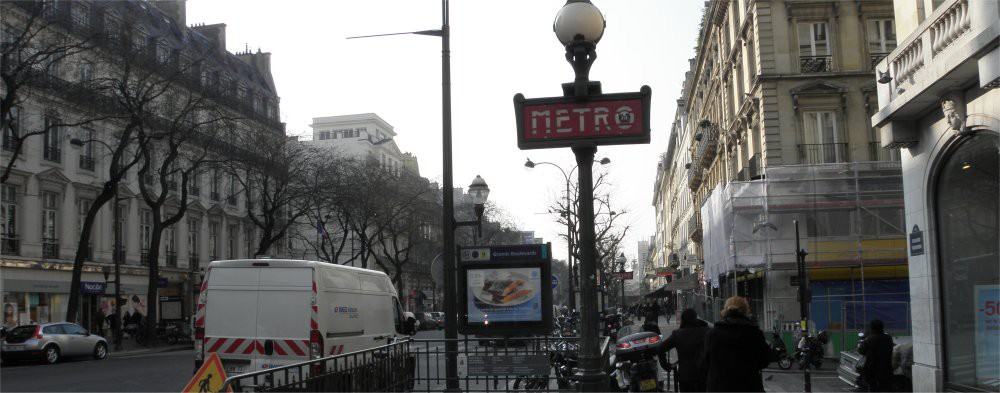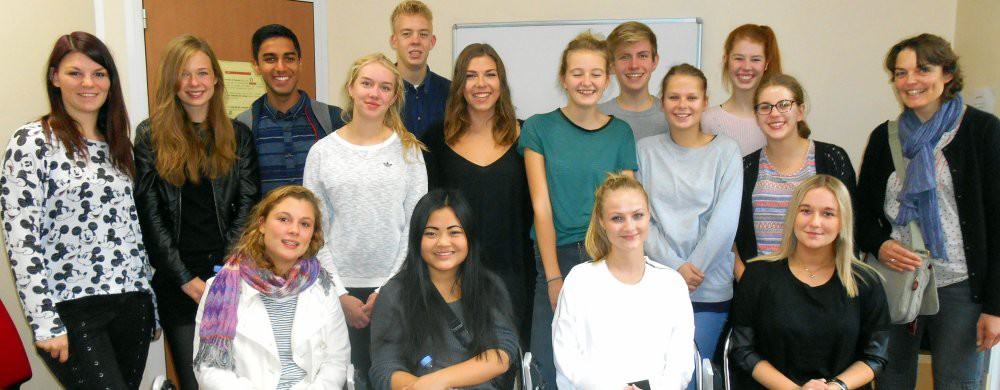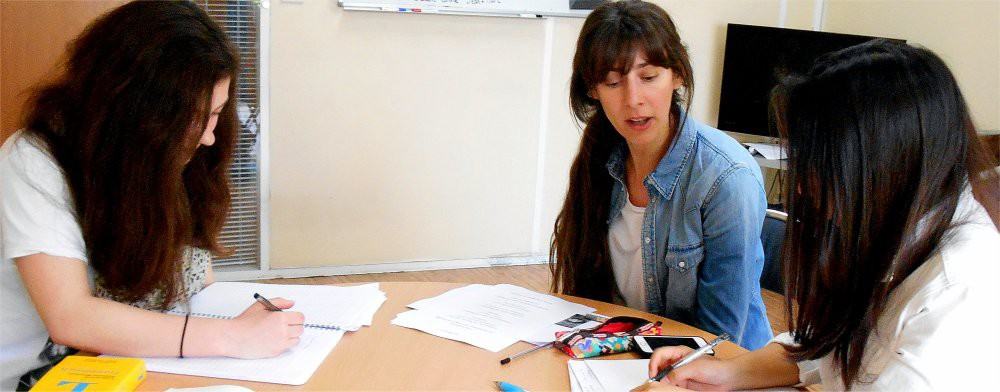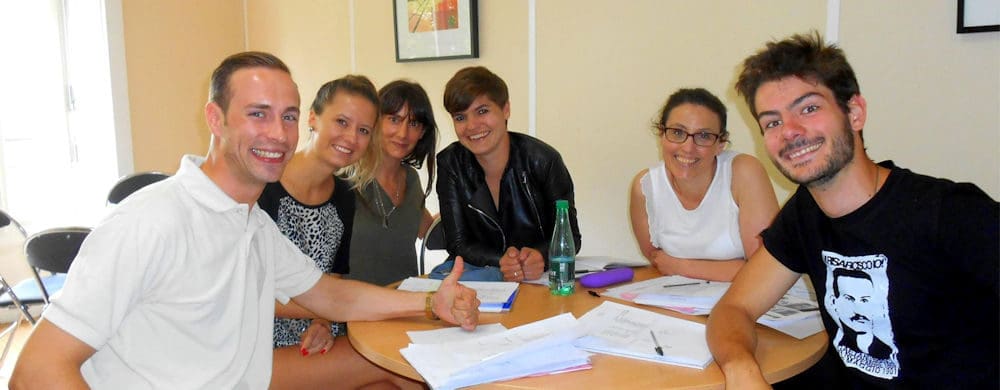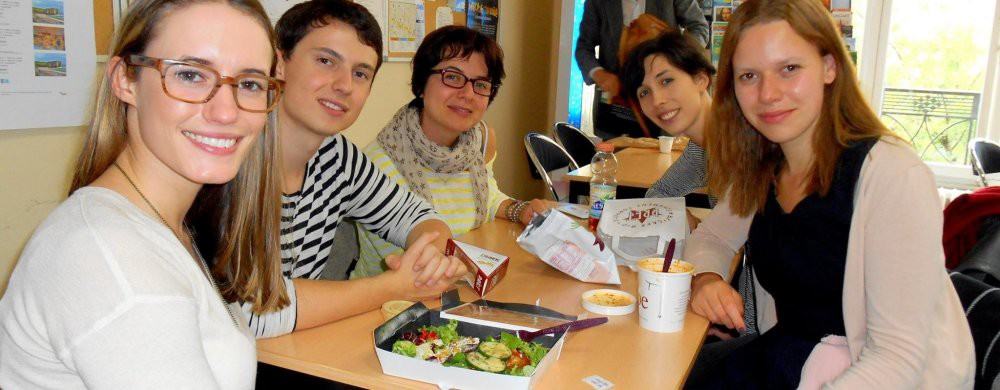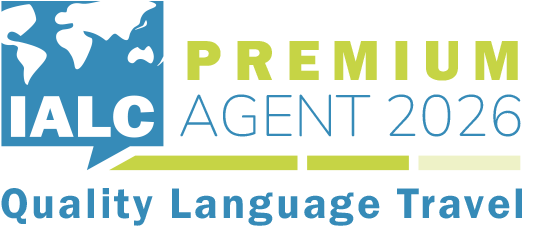Learn French in Paris (15th District): Teaching
The college’s key concern is to get you to speak and comprehend French!
The college aim to help you communicate efficiently and effective in French. They aim to provide you with a strong command of the language and an in-depth understanding of French culture, according to your level of ability.
The Teaching Method
Learn to communicate effectively, correctly, and appropriately at the French school in Paris.
The main objective is to develop your learning strategies. This enables the students to transfer the communication skills which they have already mastered in their mother tongue to their native language. Verbal communication is a priority: students learn to listen, understand and to express themselves correctly with good pronunciation.
The French school aim to raise students’ language level to an efficient standard of communication. This not only requires a perfect command of the language, but also a deep understanding of the cultural context.
The aim is to provide an authentic and communicative environment:
Listening using audio-visual materials, listening exercises, film extracts, television and radio programs, songs etc.
Speaking during French summer courses, meetings, excursions, theatre workshops (drama exercises and improvisation) to facilitate oral ability and overcome inhibitions, work on pronunciation, gestures, and fluency.
Reading by understanding and analysing authentic documents such as newspaper articles, professional texts, administrative forms, and literary extracts etc.
Writing with a distinct communicative aim leading to an enriched knowledge of the language through varied written exercises.
Grammar is taught through language games and exercises incorporated into the lessons.
The Teaching Methods used are based on the principles of cognitive learning that each of us employs while learning his / her native language. The school teaches the everyday French spoken in France, and so does not limit themselves to the use of textbooks. Why? Despite the benefits of certain textbooks, they can never truly reflect the authentic French language, as spoken in the street, on the television, on the radio, at the cinema, in French culture…
During their stay, students live in Paris, often with French families. This is why the school have chosen to work using documents created by French people for French people as our teaching materials. Initially therefore, the task of our teachers is to make use of the didactic potential of such documents.
This involves:
• Finding features of interest to the class in the document, based on the students’ needs.
• Creating comprehension activities based on the chosen material; followed by analysis of the linguistic content, vocabulary and cultural aspects present in the document.
• Creating opportunities for inter-cultural exchange through dialogue.
• Creating activities that allow the students to reproduce the structures they have learned in a situational context.
At the beginning of this learning process, students may have the impression that their understanding of the document is poor. The role of the teacher however is to help them, through learning strategies that they have already mastered, to focus on elements that they understand. They then enter a more focused understanding of the document through activities prescribed by the teacher.
For the school, the key objective is communication. The aim of the teachers is to bring students to a point where they can understand French and be understood in oral and written expression. The quality of the work carried out by the teachers allows students to feel at ease with the language. The secret of student satisfaction resides in the fact that they learn much more than just the language. Language is a tool to be used in communicative situations, for discussions of subjects about everyday life, to debate points of view, cultural conventions…
This way, language does not appear as a goal in itself. Instead as a mediator, and as such is more easily remembered.
The school follows the Common European Framework of Reference, a framework developed by the Council of Europe for all modern languages as a practical tool to determine the learners’ general and communicative language competences.
There are six main levels, from A1 (basic user) to C2 (proficient user). Whilst the average amount of time (training and practice) required to go from one level to the next varies with the learner’s aptitude, motivation and prior language knowledge and skills, the first levels require on average an equal amount of time. The higher levels, however, require more time in training to take into consideration the difficulty of the tasks needed to be undertaken.
Levels of Proficiency
| A1.1 | Beginner 1 /Less than 120 hrs * | |
| A1.2 | Beginner 2 | |
| A2.1 | Elementary 1 /150h – 220 hrs * | |
| A2.2 | Elementary 2 | |
| B1.1 | Pre-intermediate /300h – 400 hrs * | |
| B1.2 | Intermediate | |
| B2.1 | Upper-intermediate 1 /500h – 600 hrs * | |
| B2.2 | Upper-intermediate 2 | |
| C1 | Advanced /700 hrs – 800 hrs * | |
| C2.1 | Proficiency /More than 800 hrs * | |
* The given number of hours is indicative and is subject to learner’s aptitude, motivation and individual progress
Students are able to use audio-visual materials i.e. extract from films, TV and radio programmes to improve listening skills. Role playing, debates and meetings aim to improve spoken skills. Through understanding and analysing authentic documents such as newspaper and magazine articles, professional documents, forms and literature extracts reading skills are enhanced and written work is developed through a range of activities designed to meet your communicative goals.
Grammar is taught through language games and various communicative exercises and is seen as a tool rather than an end in itself. In addition the college offers a theatre workshop sessions once a week to encourage confidence and expression, by placing an emphasis on the use of gesture and intonation.
The college divides students into six theoretical levels of ability, adapted in line with the Common European Framework. At the end of each week, the teachers evaluate student progress and propose changes into different classes according to the student’s proficiency and individual progress.
A student of average linguistic ability should allow 4/6 weeks to complete either the Beginner or Elementary Levels, 6/12 weeks to complete one of the two Intermediate levels and a further 12+ weeks to complete the Advanced levels.
In reality a student chooses to attend a Languages for Life course, a short duration group or private course according to their linguistic goals, personal wishes and time constraints.
Morning Group Classes
Timetable: Monday to Friday, 9:00 – 13:00 hrs
Open to all levels, from complete beginner to advanced.
Aimed at all students from all levels who wish to improve their language skills in General French covering everyday topics and situations.
The emphasis will be on improving confidence in speaking and listening in French in a range of everyday situations. Subjects covered in class include: topical vocabulary and language, study of grammatical structures, pronunciation and listening skills, social skills, cultural awareness, reading and writing skills, conversational French.
Afternoon Workshops
These are the extra classes students can book on any of the Intensive Course options offered…
Duration : 4 lessons per workshop over one day/per week
Class size : Max. 14 students
Timetable : 14:15 – 17:15 hrs
To assess your level : See our Language Ability Chart
~ Grammar/Writing skills
Required language level: All levels
Written comprehension and expression focusing on grammar points, conjugation, grammar and vocabulary exercises, dictation, grammar games etc. Personal letters, business correspondence, essays, reports, summaries, creative writing etc.
~ Oral skills
Required language level: All levels
Oral comprehension and expression activities: dialogues, songs, interviews, role plays, case studies, phonetics etc.
~ French Culture and Civilisation
Required language level: All levels
Introduction to French culture and civilisation through a range of in-class activities: history, music, architecture, films etc.
Homework
Students are assigned homework on a regular basis throughout the course, to help them review material studied and to prepare for classes on the following school day.
Class Size
The maximum class size is 14 students.
Generally a class will be 7 to 12 students, depending on student ability in any one week.
Class Duration
Each lessons = 45 minutes duration
DELF & DALF Exam preparation
Registration must be done at the Alliance Française (Mon – Fri, 9:30 hrs to Noon and 14.00 to 16.30 hrs)
Set registration dates apply for each exam offered throughout the year.
Contact the CESA office for current details.
First Day
The students are asked to complete and online evaluation and test prior to arrival, and will start their classes on the first day at 9.00am
Morning classes run from 9.00am to 13.00pm, every day of the week.
This equates to the Standard Course/ 26 lessons per week
There is a coffee break of around 15/20 mins each day/ Monday to Friday
Additional classes are offered in the afternoon as workshops:
So the Intensive Course consists of the Standard Course plus ONE or more afternoon workshops per week.
Workshops run 2.00pm to 5.00pm each afternoon (including a 15 minute break).
Each workshop has a specific theme, to enable students to focus on core language skills.
Students who book workshops choose from one, two or more of the following options:
Monday: Oral skills/Culture and Civilization
Tuesday: Grammar and writing
Wednesday: Grammar and writing
Thursday: Grammar and writing
Friday: Oral skills/Culture and Civilization
Sample Timetable / Standard Course
09.00 to 13.00 hrs / Monday to Friday
Paris (15th District) School Teachers
The school uses native French speakers who are trained to teach French as a foreign language.
Paris (15th District) School Students
The language students are drawn from a wide range of countries across the world, of all ages from 16 yrs +. The majority of students are in their 20’s and 30’s, but a sizeable number are in their 40’s and 50’s depending on the time of the year.



